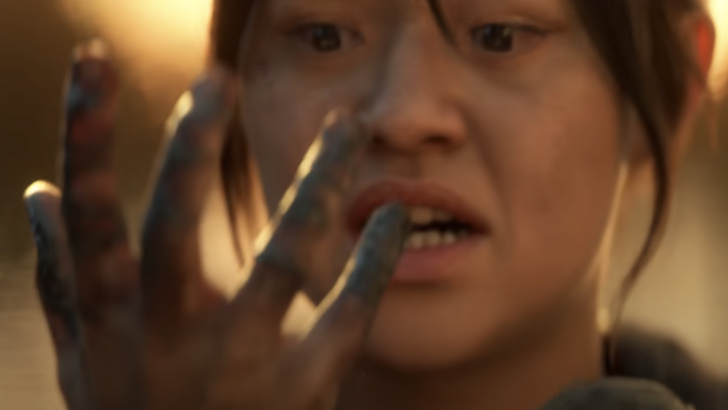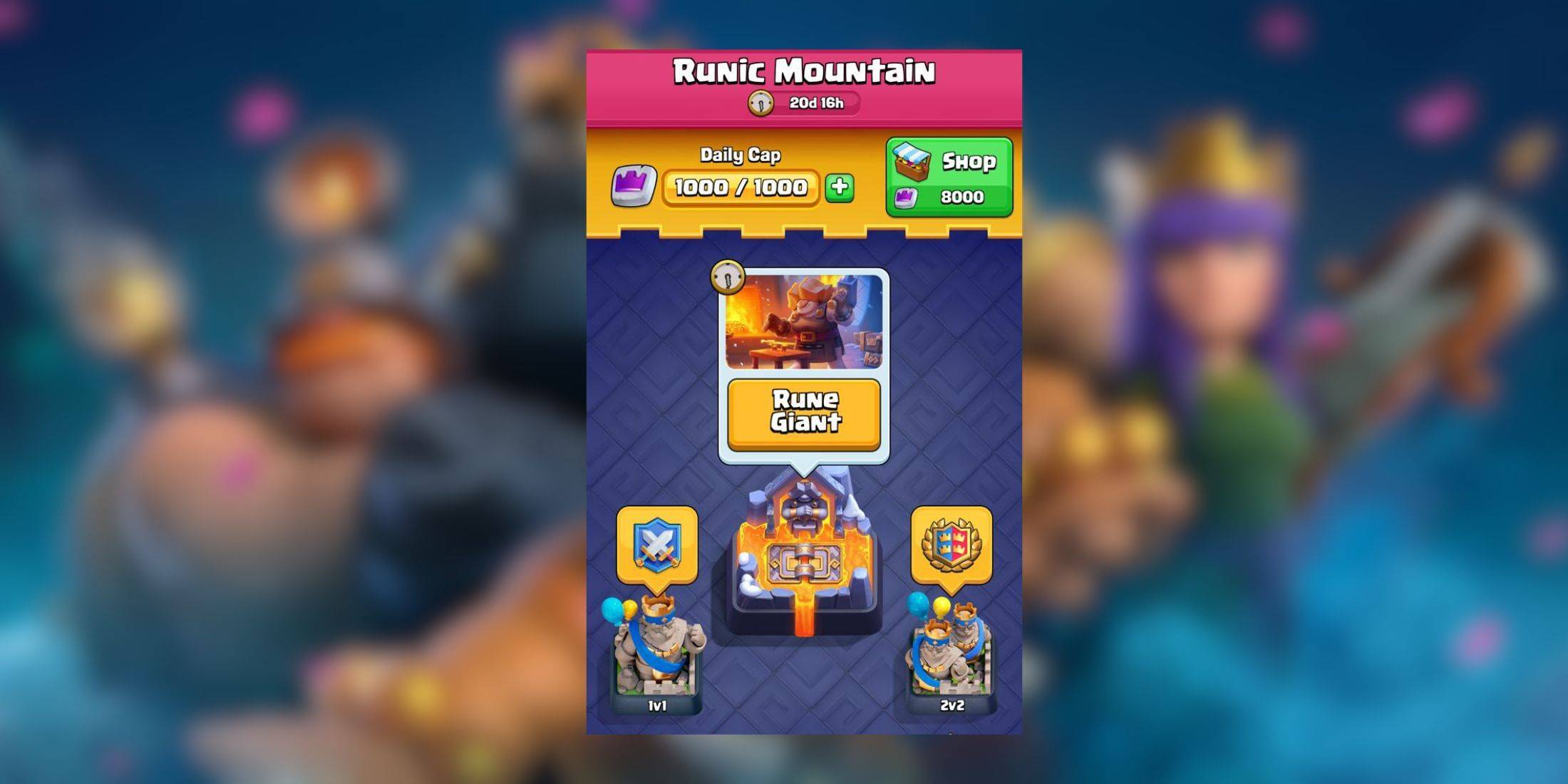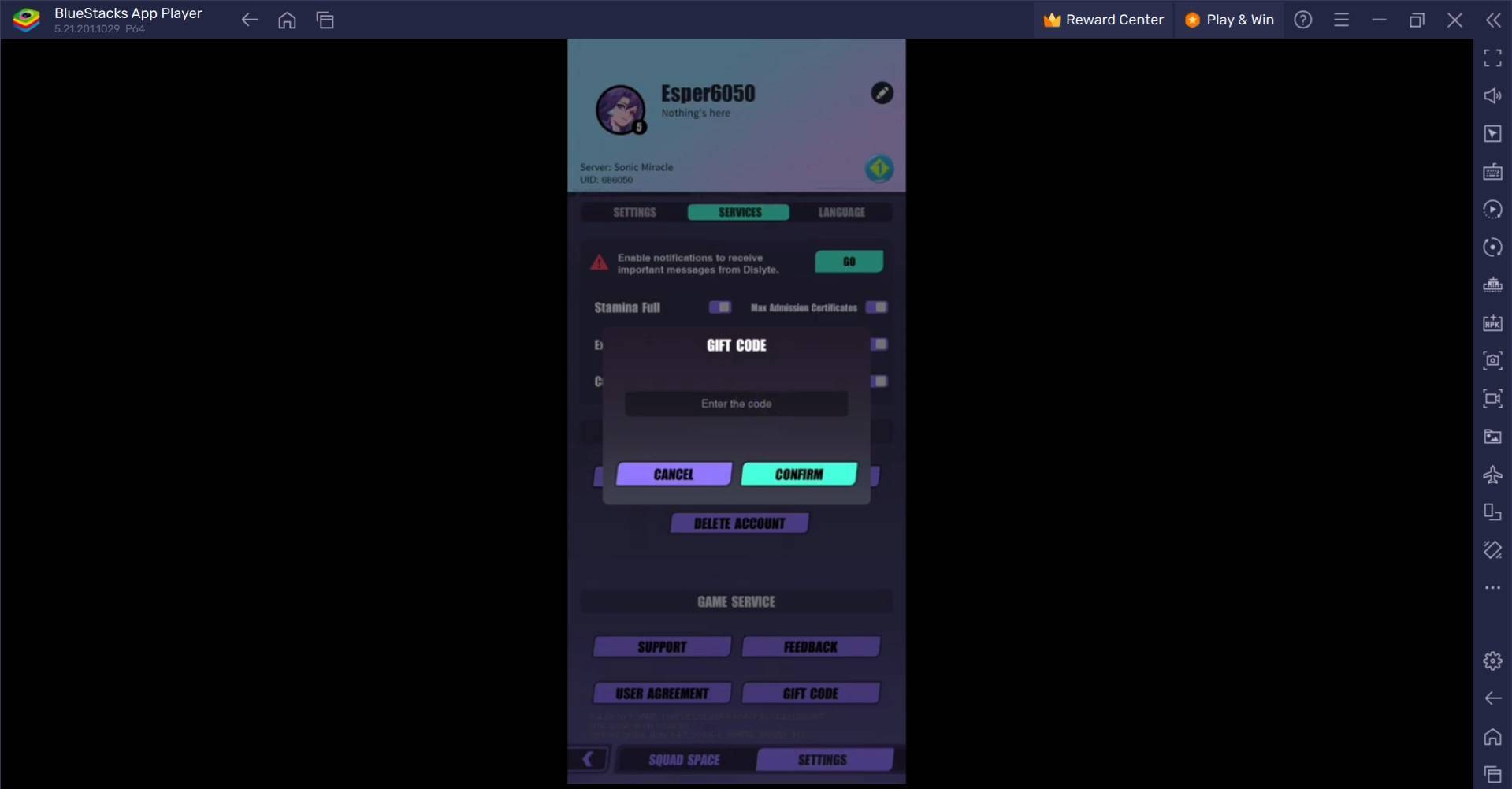
Initially conceived as a drastically different game, Diablo 4's early development envisioned a "punchier" action-adventure experience with permadeath mechanics, reminiscent of the Batman: Arkham series, according to Diablo 3 director Josh Mosqueira. This revelation, sourced from Jason Schreier's book "Play Nice," details how the project, codenamed "Hades," aimed to break from the established Diablo formula.
Mosqueira, seeking to redefine the Diablo franchise after the perceived shortcomings of Diablo 3, spearheaded this ambitious vision. This early iteration featured an over-the-shoulder camera perspective, a departure from the series' traditional isometric view, and incorporated roguelike elements, including permadeath. The combat was designed to be more dynamic and impactful, aligning with the fluid combat of the Arkham games.
However, this bold reinvention faced significant hurdles. The ambitious co-op multiplayer aspects proved challenging to implement, leading to internal debates about the game's identity. Designers questioned whether the core Diablo experience was still present, given the substantial changes to gameplay mechanics, rewards, monsters, and even character design. Ultimately, concerns arose that "Hades" was diverging too far from the Diablo franchise, potentially becoming a completely new IP.
These development complexities ultimately led to the abandonment of the roguelike design. Diablo 4, as released, retains its roots as an action RPG, though still bearing some echoes of the ambitious, initially distinct vision. The recently released "Vessel of Hatred" expansion marks a significant addition to the current Diablo 4 experience. This DLC plunges players into the ominous realm of Nahantu in 1336, exploring Mephisto's machinations within Sanctuary.
 Home
Home  Navigation
Navigation






 Latest Articles
Latest Articles










 Latest Games
Latest Games












